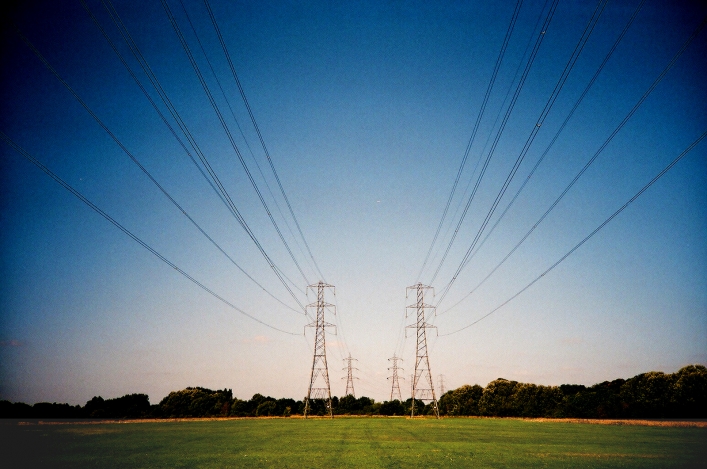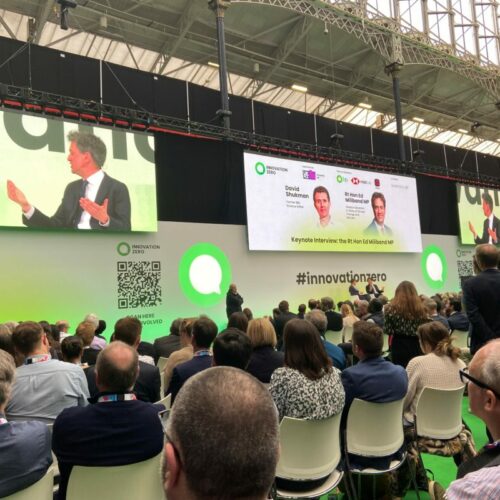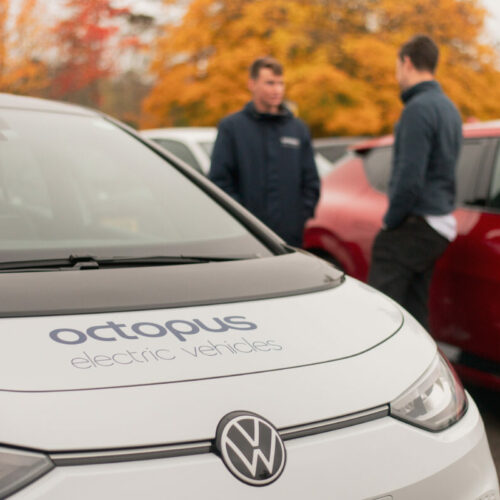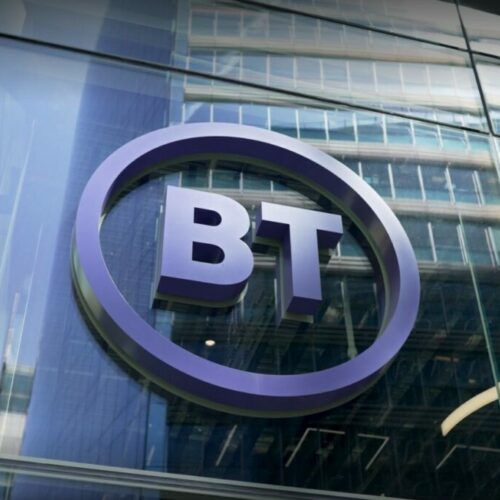The Energy Networks Association (ENA) has launched a major new consultation seeking views on a range of potential ‘future worlds’ of the energy system that could be adopted to unlock the benefits inherent to the ongoing evolution of networks.
First outlined to Current± back in February, the Open Networks Future Worlds consultation offers five models that could be developed to facilitate the whole system opportunities created by the decarbonisation, decentralisation and digitisation of the energy system.
Developed through a series of stakeholder workshops and other engagement, the models range from a decentralised energy system where local electricity grids enable regional energy markets to balance supply and demand at a local level, to a more centralised system where co-ordinating local energy resources is the responsibility of the national system operator.
They also include a world where new independent national or regional organisations, labelled ‘Flexibility Co-ordinators’, procure and deliver flexibility services for the electricity networks.
David Smith, chief executive of the ENA, said: “The Open Networks Project is transforming the way our electricity networks work, unlocking a whole new range of benefits for households and businesses across the country.
“These Future Worlds represent a major change from the way our networks operate today, as they pioneer new ways to decarbonise our energy system to deliver new opportunities and reduced costs for households and businesses across the country.
“This consultation is key, not only to ensuring that we have considered the best options but also to ensure all stakeholders have their say in shaping the future of the electricity networks.”
The Future Worlds:
World A: DSO coordinates would fall in line with the current transition by network companies into distribution system operators (DSO) whereby they would act as “neutral market facilitators” for all distributed energy resources (DERs). The DSOs would take a central role in procuring and activating flexibility from DERs to manage constraints and balance even the transmission system on terms agreed with the electricity system operator (ESO).
World B: Co-ordinated DSO would see the DSO and ESO work together to manage networks through coordinated procurement and dispatch of flexibility resources. Both would procure flexibility from resources connected to the distribution network for constraint management on both the transmission and distribution networks, with the DSO to perform a coordinated and joint dispatch of the distributed flexibility resources.
World C: Price driven flexibility offers an environment where Ofgem takes a more central role, with the regulator’s reforms to network access and charging to be used to dictate when flexibility is required. Changes are made to price flexibility arrangements such that active parties vary their demand or generation in response to either or both energy price and network signals, such as time and location. Two distinct but coexisting models, ‘commercial services model’ and ‘network access and charging model’ would be implemented to represent contracted and price flexibilities, respectively. The ESO and DSOs will work together to ensure efficient procurement and dispatch decisions are made across these markets to optimise procurement in a transparent manner and manage any conflict of service provision.
World D: ESO coordinates moves away from the previous options to see the ESO procure and activate flexibility resources connected to the distribution network for both transmission and distribution networks management and energy balancing. The DSOs would procure flexibility for their own networks via the ESO while exchanges information to maximise synergies across the energy system. This would see the DSO role become more focused on identifying short term and long-term service opportunities from third-party providers which would be passed as service requests to the ESO for procurement.
World E: Flexibility coordinator(s) would introduce new third party organisations to take on the role of ‘neutral market facilitator’. They would organise and operate the flexibility market for distributed flexibility resources in a transparent way such as through a digital platform that would procure and dispatch flexibility in response to service requirements from both DSOs and the ESO.
While the ENA has yet to take a stated position on which of the ‘future worlds’ it would favour, work is well underway through the Open Networks project that would suit the first two options in particular.
Meanwhile, three network companies have already signed up to Piclo Flex, a software platform that enables DNOs to launch auctions for flexible capacity from a range of providers who have in turn uploaded their capabilities to the platform; essentially fulfilling the ‘flexibility coordinator’ role of World E.
All responses to the consultation are to be submitted by 25 September, with the ENA calling out to industry stakeholders for help in creating greater understanding of each model and a ‘common view’ of how each would work in practice.
Randolph Brazier, ENA head of innovation and development, said: “As we move towards our smart decentralised systems of the future, many stakeholders will see significant change and evolution of their roles. For some, these changes will be largely consistent across these five future worlds, but for others there is considerable difference.
“Stakeholder feedback is therefore key to this consultation, and we invite stakeholders to give us feedback on how we’ve envisaged their roles in these future worlds, and which world they believe works best for them and consumers.”
While the consultation does provide more detail on each option, the ENA has stated that ambiguity is to be expected at this stage and will be developing further work on each model. To this end, a consultant will be tendered for to deliver an Impact Assessment for each option in Q4, to be consulted on further in early 2019.





